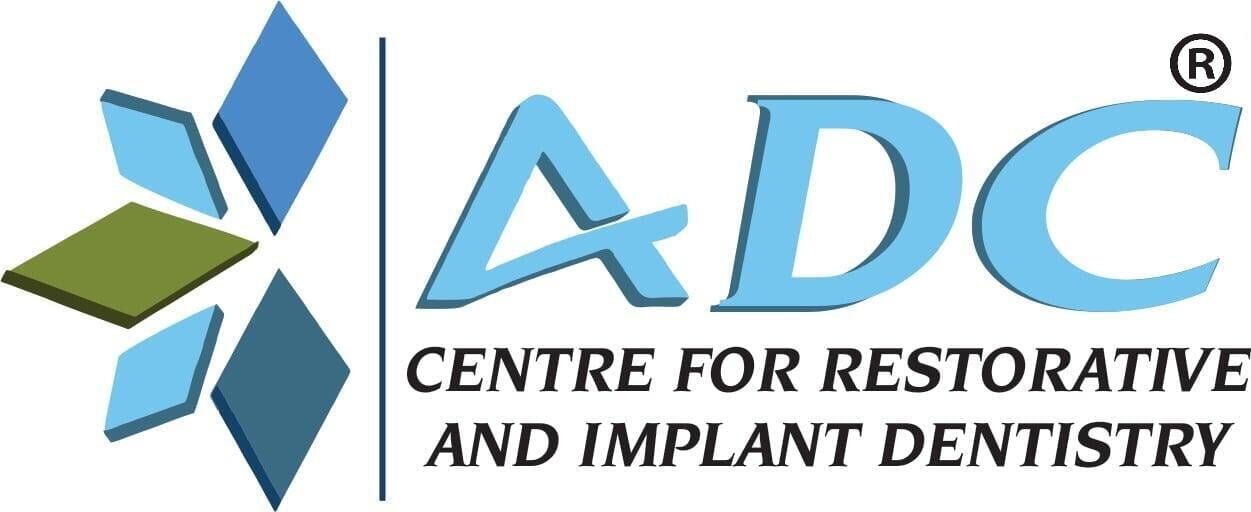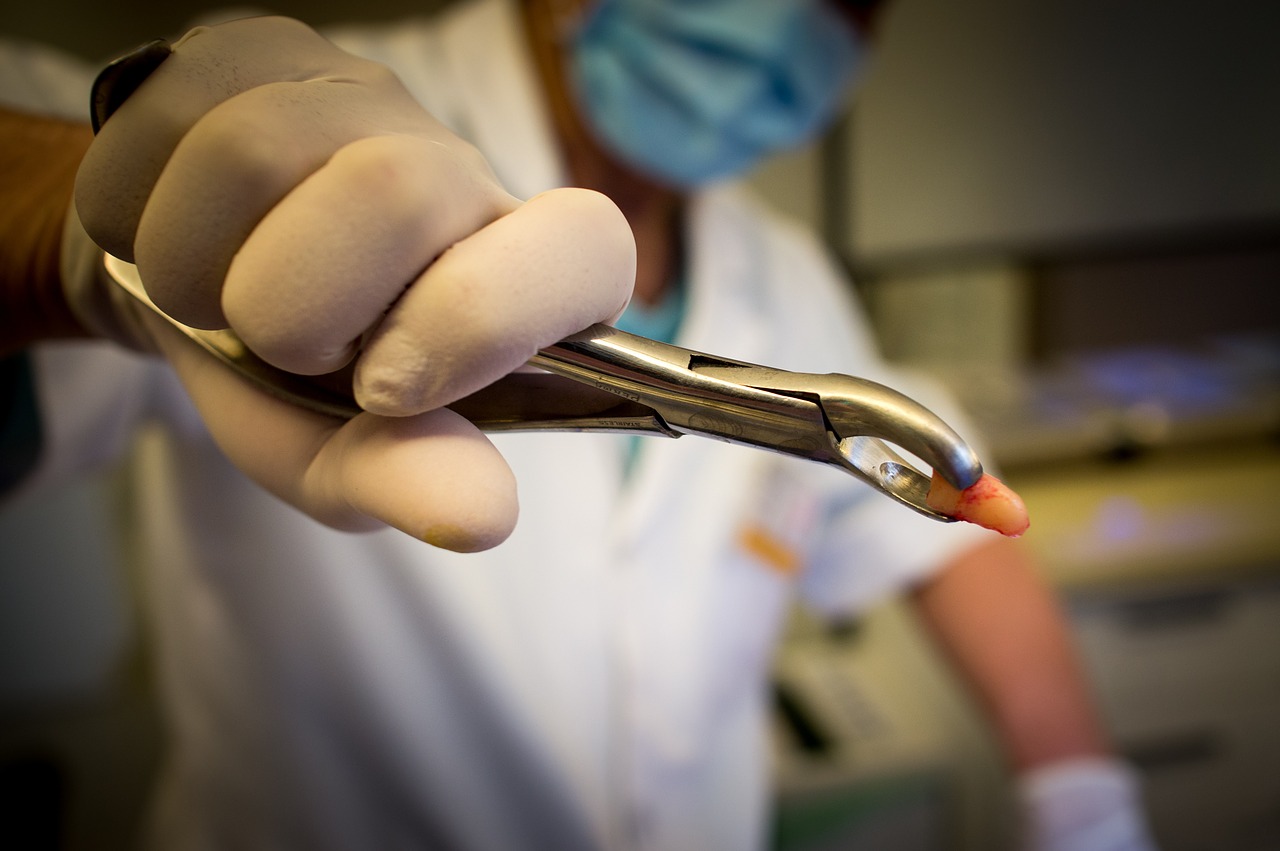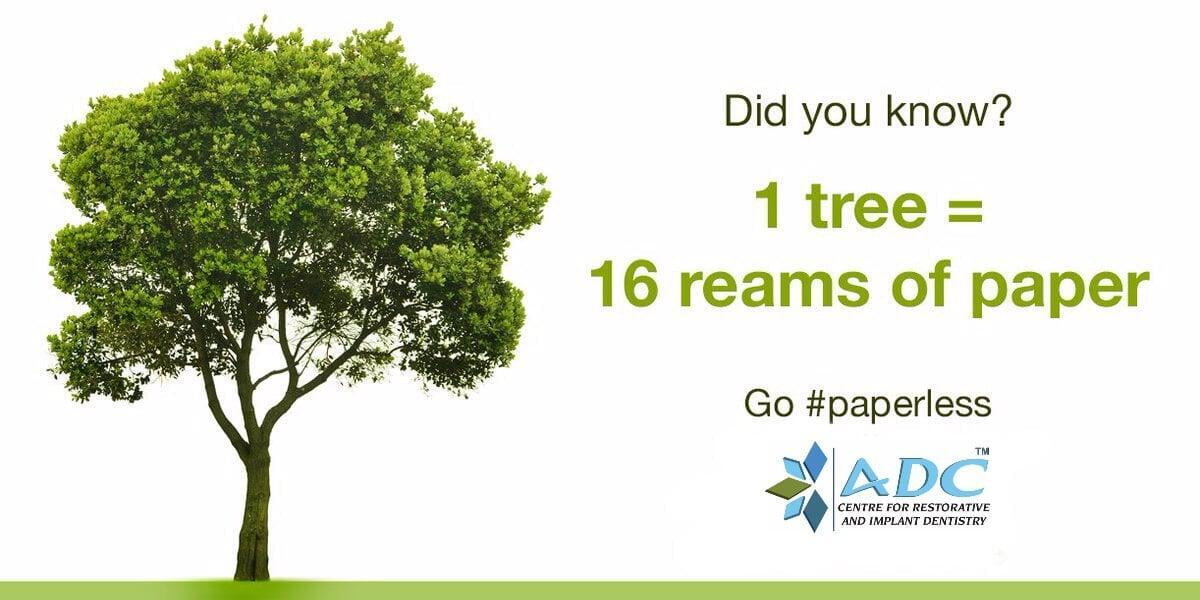The Extraction of the tooth is surgical procedure where it is of vital importance to follow the post operative instructions. If you had a Tooth Extraction or a Wisdom tooth removal surgery, you should follow these instructions as far as possible as these aftercare recommendations to avoid any possible infection and unnecessary pain. Following these Instructions will help you heal quickly and stay comfortable. In case you experience any complications, you are requested to contact our front office immediately.

Immediately after Extraction- Day 1
Apply Pressure: It is normal to experience some postoperative bleeding and this can be stopped once you apply mild pressure to the gauze/ cotton placed in your tooth extraction site. You should keep the sterile gauze on the extraction site with some pressure- by closing the Jaw hard until the bleeding from the tooth extraction site stops. This will help in preventing the bleeding, especially during the first 24 hours of your post-surgery. Avoid rinsing the mouth for 24 hours after extraction as it may disturb the clot.
Use Cold Compress: Applying a cold compress using an ice pack is an excellent way to avoid the swelling in the extraction area. This can be used for at least half an hour to forty five minutes immediately post-extraction. This helps restrict the blood flow and reduces inflammation and swelling.
Eating an Ice-cream: Eating an ice-cream after the procedure acts as a cold compress for your swelling. When you eat ice-cream, the blood vessels around the Extraction site narrow down. The constriction of the blood vessels prevents them from carrying a lot of fluid to the surrounding tissues.
Avoid Spitting: You should not spit for the rest of the day and also avoid spitting for next 24 hours. Clean tissue can be used to wipe your face if required. Saliva, if any in the mouth can be swallowed. You are advised to drink straight from the glass. Negative pressure in the mouth while drinking with straw, smoking can lead to dislodgement of the blood clot. Smoking can also increase the chances of infections.
Avoid touching the Extraction area with tongue or fingers: The stitches are non dissolvable and will remain for 7 days to 3 Weeks. Avoid touching the Extraction area and sutures with your tongue or fingers to minimize the irritation and chance of infection. Disturbing the area will cause early wound breakdown and exposure of the underlying bone or could lead to situation called Dry Socket: resulting in a higher chance of failure.
Avoid Hard and Sticky Food Items: You should avoid taking hard and sticky food items for next few days.
Smoking after having Tooth Extraction surgery can adversely affect your chances of a successful healing. Nicotine reduces oxygen flow to your bones and tissue which results in longer healing time and increased chance of infection. Smoking is also a factor to cause severe gums and periodontal diseases. This results in smokers having a higher chance of Dry Socket than non-smokers. Hence, it is recommended to quit or avoid smoking during your recovery period.
Avoid blowing your nose: Posterior Teeth Extraction usually have less bony support and may expose the sinus area. In such cases, you should not blow your nose for at-least 2 to 4 weeks. If you have running nose, use medication for relief. Keep your head well elevated if you snore while sleeping.
Take Rest:Avoid strenuous activities for the first 48 hours following the Tooth Extraction or a Wisdom tooth removal surgery. This is to prevent possible reopening of surgical wounds. Avoid any strenuous physical exercise which can lead to an increase in blood pressure and heart rate.
For Bleeding
Usually minor bleeding problem is expected after Tooth Extraction or a Wisdom tooth removal surgery. On average it may take 30 minutes to 2 hours for bleeding to stop. A little oozing is normal and sometimes may last for several hours, Upper Jaw teeth extractions can occasionally cause some bleeding from the nose which is normal and expected to stop quickly.
- At the tooth extraction site you can apply clean sterile gauze with pressure for 25 to 45 minutes.
- If you are still bleeding, you can remove the gauze after 25 to 45 minutes, replacing it with fresh new gauze. Important: make sure the gauze is placed directly on the extraction site with pressure. You should hold the gauze with pressure for another 60 minutes which should most likely arrest the bleeding.
- If you find that this is not working, you should use a moistened tea bag replacing the gauze. The tea bags contain tannic acid, which helps in blood coagulation (Blood clot formation).
- If everything fails, you should call the front desk at ADC™- Centre for Restorative and Implant Dentistry.
For Swelling
It is normal for most Patients to experience some swelling after tooth extraction or wisdom tooth removal surgery. Swelling can be mild or severe. It differs from patient to patient. The swelling is generally higher for first 48 hours before it starts subsiding. Sometimes it may last for several days. Some bruises may also appear on the face.
- You can use an ice pack on the face or cheek next to the wisdom tooth removal site. Apply it for 15 to 30 minutes with an interval of 10 minutes and repeat until you sleep. Repeat the ice packs the next day.
- Please get in touch with the front desk if you encounter nausea and vomiting.
- On day three, switch to Luke warm saline rinses instead of ice packs. Luke warm water with a table spoon of common salt helps in increased blood circulation, which reduces the swelling.
For Medication
You were probably given one or more prescriptions for medication. Take all medications with a full glass of water and as directed. Call us immediately if you complain of diarrhoea or nausea, any allergic reactions or unable to swallow your pain pills.
- Antibiotic: Continue the antibiotics as prescribed by doctor. Do not leave the medication halfway.
- Pain Medicine: Continue the pain medicine as prescribed. Remember that some pain medicines or narcotics can make you feel sleepy, so avoid driving, working or consuming alcoholic drinks.
- Mouth Rinse: Chloro-hexidine mouth wash or Listerine. Swish for forty seconds, and spit. Use it atleast two times a day.
For Sutures
The dental office will reschedule your appointment after 7 to 10 days to remove the sutures if any.
For Diet
Avoid hot and crunchy hard food for the first 24hrs. You can eat soft food diet as the local anaesthesia wears off. Avoid chewing directly from the extraction site. You can resume a regular diet if you feel you are up to it. Please stay well hydrated and nourished as this will help you heal faster. In the first 48 hrs post tooth extraction or wisdom tooth removal surgery, it is strictly recommended to have soft diet that minimizes the irritation and food lodgement in the extraction site. Choose a diet that requires minimum chewing for the next few days so that the extraction site is not irritated.Try to keep food away from the surgical area for as long as possible. Rinse after eating to keep the area clean.
Special Considerations
You can brush your teeth, avoiding the extraction area next day morning. Be gentle and avoid spiting or rinsing forcefully. You have to be very gentle in and around. Avoid brushing the extraction site for the first 2-3 days after surgery, but then begin to carefully clean this area with a toothbrush as well, once it starts healing. Rinse your toothbrush under hot water to soften the bristles and avoid vigorous extensive rinsing. Rinse the mouth keep the area clean following every meal so that food particles do not get stuck in the treated area. This will reduce the chances of developing an infection around the extraction site. Using the antibiotic mouthwash as prescribed by your doctor also helps in reducing the chance of infection. These are a list of cleaning products that can be used to clean the treated area:
- Toothbrush: Use a soft bristles toothbrush to remove food debris and plaque accumulation as they will prevent gum damage as well as disruption of the blood clot . Electric toothbrush with soft bristles can also be used as it works more effectively than manual toothbrushes due to greater number of strokes generated than the human hand.
- A dental flosser/ water flosser is an oral health appliance that provides a stream of pulsating water to floss between your teeth and below the gumline. They are design and attached with rubber-tip stimulators and other attachments to effectively clean difficult to access areas as deep as 6 mm . Most dentists recommend water flossers over dental floss due to their ease of use and effective cleaning.
- It is a specialized brush for cleaning and removing food debris and plaque from the gums and below the gumline into the sulcus. It is one-third the size of a regular toothbrush and can be used in a gentle back & forth sweeping motion at the level where your tooth and gum meet. It makes dental care more easier and effective.
You can start rinsing the next day (after 24 hours) gently with some Luke warm salty water 6 to 8 times a day. Avoid using alcohol containing mouth rinses and mouthwashes for next few days. Sometimes facial muscles stiffness can cause problems in mouth opening for several days. Luke warm saline rinses and heat compression can provide great relief. To make a salt water rinse, add 1 teaspoon of salt to a cup of warm water. Once the salt dissolves, you can gently swish the mixture in your mouth for about 30 seconds and then spit it out once you are done. This helps to decrease the amount of bacteria inside the mouth without causing irritation to the incision. Read benefits of Salt Water Rinses in Detail.
Dry Socket
If you start experiencing pain in the chin area, surgical site, adjacent teeth or the full jaw after third or fifth day of tooth extraction, most likely you have encountered a Dry Socket. The pain from the Dry Socket can last for several days. However the exact cause of Dry Socket is still unknown but excess use of medication (Contraceptive Pills), Smoking, Ageing and tedious tooth extraction surgery is believed to be some of the causative factors. Please contact our front office if you encountered a Dry Socket.
Join the movement #paperless
Going Paperless can help save the Earth from climate change and biodiversity loss. It is a big task, but we know we can do it together. Get Help in going Paperless.
Medical Disclaimer:
The content of ADC-Centre for Restorative and Implant Dentistry's Blog/website is for information only, not advice or guarantee of any outcome. Information is gathered and shared from reputable sources; however, ADC-Centre for Restorative and Implant Dentistry is not responsible for errors or omissions in reporting or explanation. No individuals, including those under our active care, should use the information, resources or tools contained within to self-diagnosis or self-treat any health-related condition. ADC-Centre for Restorative and Implant Dentistry gives no assurance or warranty regarding the accuracy, timeliness or applicability or the content.
ADC-Centre for Restorative and Implant Dentistry accepts no liability for errors, inaccuracies, omission, or misleading statements. ADC-Centre for Restorative and Implant Dentistry excludes liability for any losses, demands, claims or damages of any kind regarding information, content, or services at this blog/website. The information may be updated at any time, especially as medical/dental discoveries and research evolves regarding the dentistry and its conditions. At no time does ADC-Centre for Restorative and Implant Dentistry take any responsibility for any action taken or care chosen in reliance on information contained in this blog or this website.
















